Comics have always been political for me.

Arizona Governor Jan Brewer signed into law the Support Our Law Enforcement and Safe Neighborhoods Act, making it a misdemeanor if you were unable to provide identification, and giving law enforcement carte blanche to bring into question anyone’s immigration status during a “lawful stop, detention, or arrest.” This was a deliberate scare tactic to target someone of the most vulnerable migrant population that was predominantly from the southern border.
I wrote and lettered El Loco out of protest. I wanted to channel my frustration into making my first comic with the hopes that I would be able to use it to prove that I could make comics and have a voice. Boy, was I wrong. “Mexican comics don’t sell,” is what someone told me. 2010 was not a good time to be a Mexican in comics. I made more comics after the local success, but you can only get so far in the Old Pueblo. I self-funded and printed using KA-BLAM. I even put their full page back cover ad for a discount. But I was only 21 years old and I didn’t know what I was doing.

La Voz led me to make an educational comic about Dolores Huerta and the migrant farmworkers’ movement with Louie Chin, Gab Contreras, and J. Gonzo for the New York City Department of Education’s Civics For All initiative, spearheaded by the Department of Social Studies and Civics. La Voz was added to the Grade 11 Unit 6 for NYC EDU’s American History class. It was sold at the Smithsonian’s gift shop. I was on NPR’s All Things Considered discussing La Voz and my pandemic —Helm Greycastle—graphic novel that’s like What if Lord of The Rings had a southside? Despite all this, I still find myself struggling to be taken seriously in this business.
Now, 15 years after my first self-published comic, I am doing it again. I now know what Doctor Manhattan felt while sitting on Mars with his blue willy hanging out. I co-created Death to Pachuco with the incredible artist and storyteller, Rachel Merrill. I tried to sell this to a publisher because I’m sick and tired of having to depend on Kickstarter to do anything in this business. After getting the inevitable rejection email, I knew it was time to make that leap of faith and launched another Kickstarter to fund the first issue on November 12th, 2024. The only problem is that we were facing another Trump Presidency. I knew in my heart that my life and the lives of other brown people were fucked. The Project 2025 manifesto quote, unquote, was totally not a blueprint but totally was a blueprint for the incoming administration to give ICE military personnel and hardware at the border and expand detention centers.
Unlike writing El Loco in 2010, La Voz in 2015, I was prepared to face the difficult times thanks to making a historical fiction, Chicano noir: Death to Pachuco. The premise is a private eye who’s tasked with finding the Sleepy Lagoon Murderer in the middle of the five-day war known as the Zoot Suit Riots. In 1943, U.S. sailors decided to take it upon themselves to remedy the “Cholo Invasion” and “Zoot Suit Gangsters” roaming the streets of Los Angeles. Mexican men were hunted down in salons, movie theaters, and dance halls to strip and burn their Zoot Suits. The Zoot suit was considered a political statement. The amount of wool that was needed meant there would be a shortage for the troops fighting the Axis powers in World War II. In the Zoot Suit Case, propaganda published by The Sleepy Lagoon Defense Committee, Orson Welles recounted an exchange he had with a Mexican friend during the trial:
“…Things are tough. There’s nowhere to go—no place to play games—or nothing… If the cops catch you on the street after 8 o’clock, usually they run you in—or rough you up, anyway. If you look like a Mexican you better stay off the street, that’s all.”
You can say that now, but that applies to more than just Mexicans. Don’t go outside if you have tattoos, have an ice cream cart, Stage 4 cancer at four years old, or if you’re a British cartoonist, boxed the President’s YouTuber friend, or spoke out against the President’s interests. At least the Pachucos could spot the sailors in their uniforms, but now they are wearing plain clothes and hiding behind masks.
Death to Pachuco is going to be a five-issue series written by moi, art by Rachel Merrill, color art by Lee Loughridge, and edited by Will Dennis. The first issue will hit your local comic shop on October 8th, thanks to the good folks at Top Cow Productions. It’s an honor that my friends who happen to be incredible artists drew covers for the first issue: David Lapham, Katie Skelly, Marco Finnigean, and Ramon Villalobos.
One of the freeing aspects of writing Death to Pachuco is not to expect anything other than making an incredible comic with my friends. I have learned my lesson by now. While it is a bad time to be a Mexican, I wouldn’t change for anything. Not even for an exclusive contract at Marvel.
Henry Barajas got his start writing for Comics Beat. Barajas has since become the author of the longtime syndicated daily comic strip—Gil Thorp—drawn by Rachel Merill. His new Chicano noir Top Cow Series—Death To Pachuco—will be available for purchase at comic shops and digital retailers on Wednesday, October 8th.
Covers and preview art for Death to Pachuco #1






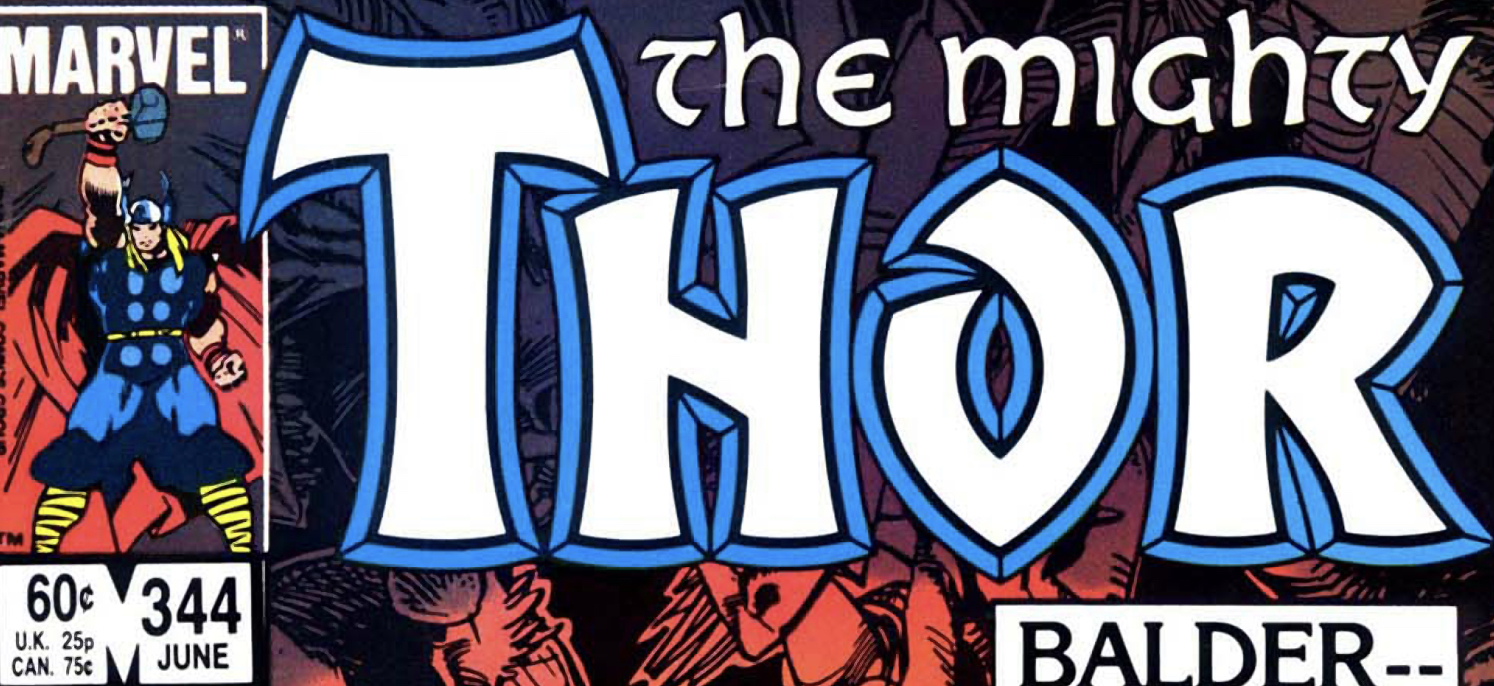




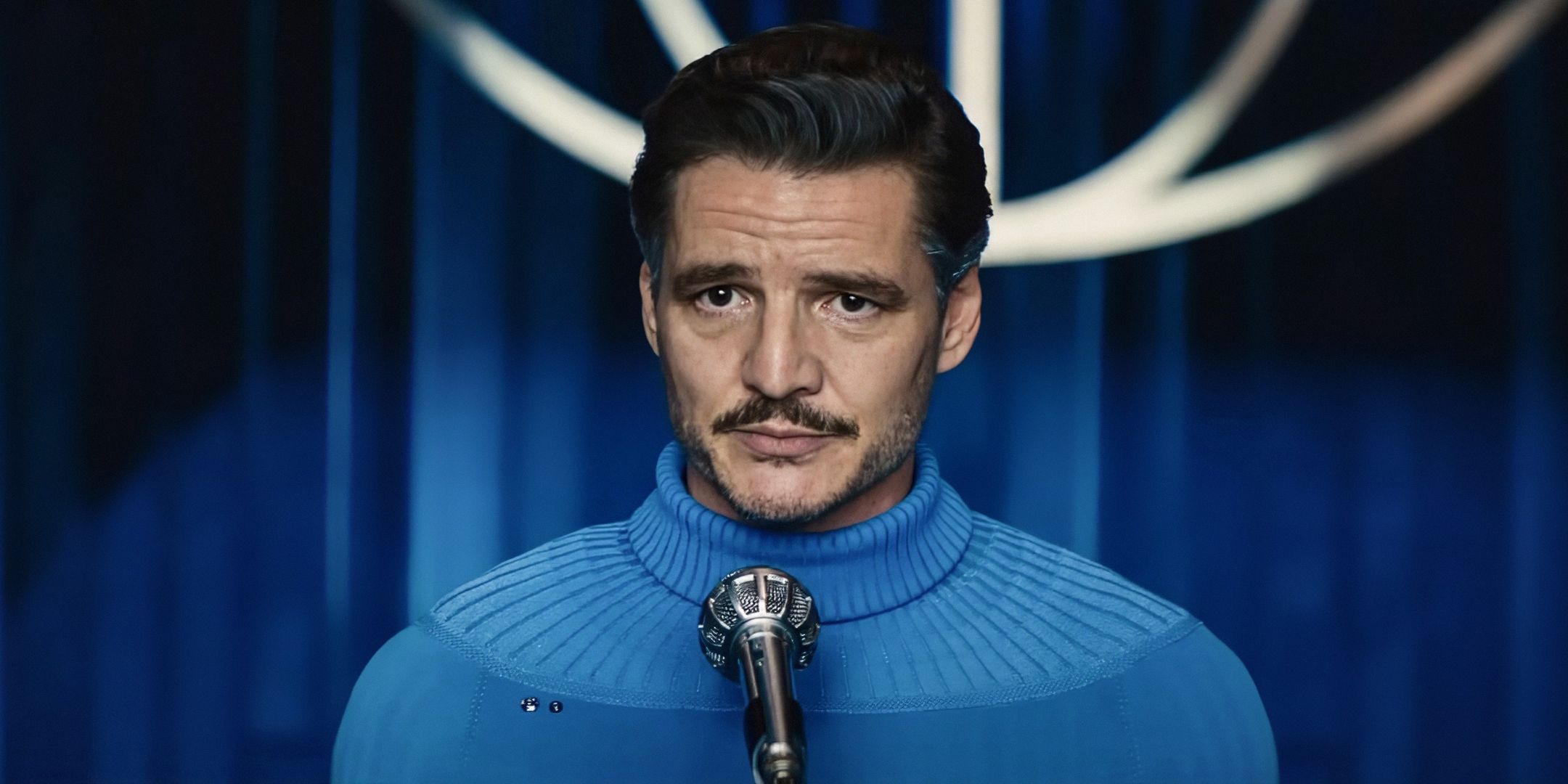
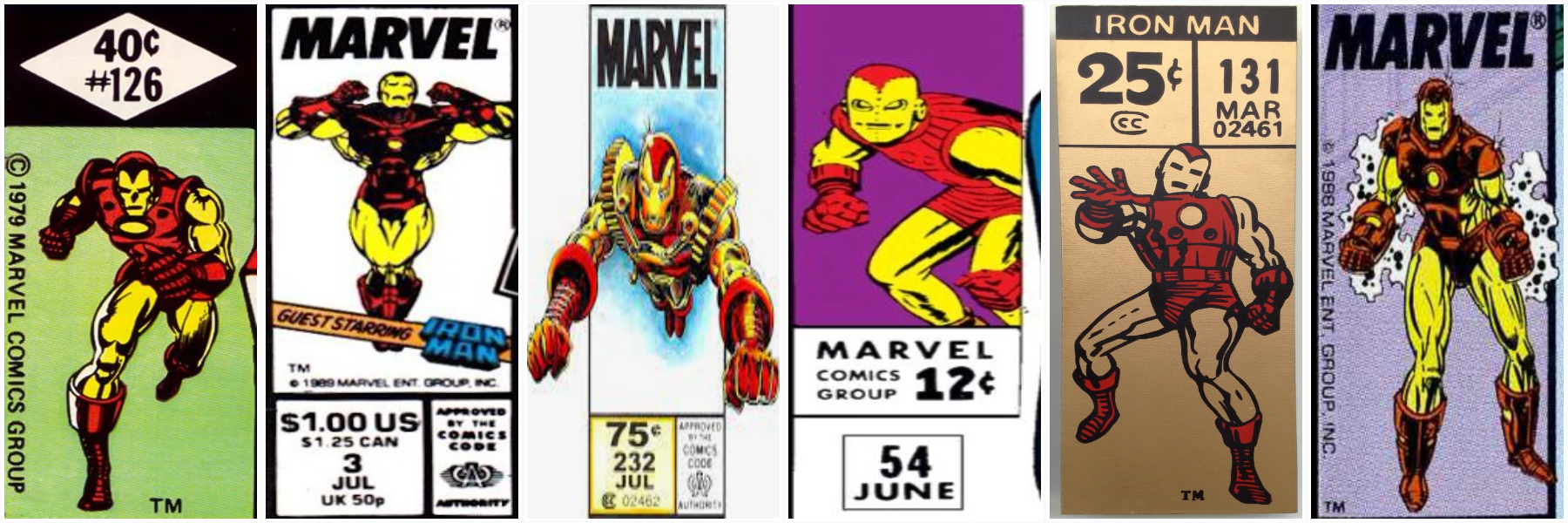

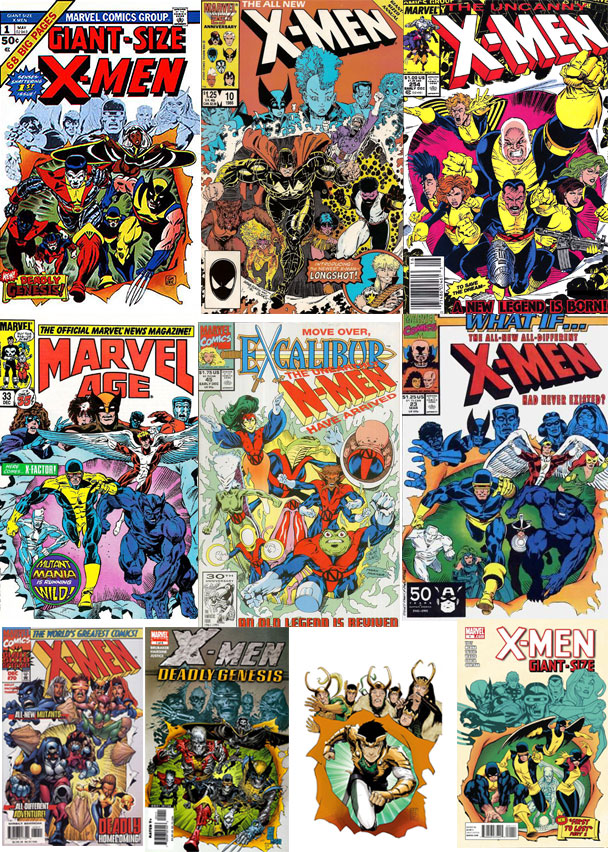



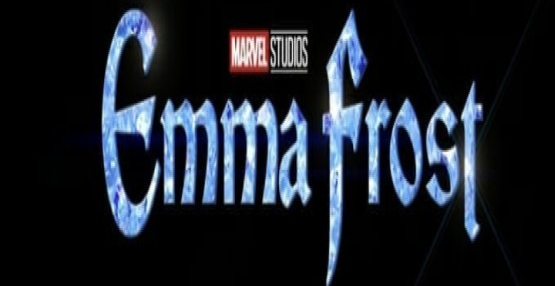





 English (US) ·
English (US) ·